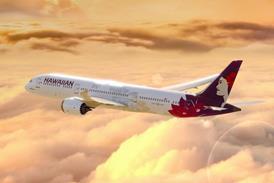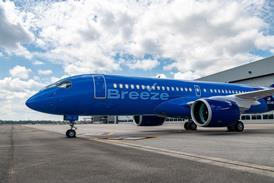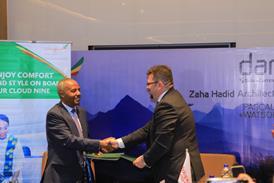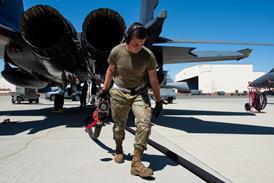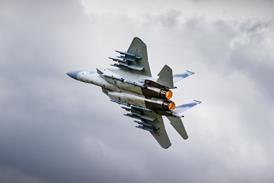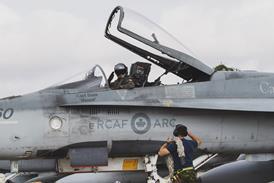Karen Walker/ATLANTA
A TOTAL BAN on aviation operations over the Olympic Games, in Atlanta, Georgia, has been narrowly averted by the US Federal Aviation Administration. The eleventh-hour White House decision to prohibit all non-Government aircraft from airspace over Olympic venues was prompted by heightened security concerns.
The ban, proposed just two weeks before the opening ceremony on 19 July, would have stopped all helicopter operations for Olympic television coverage, VIP transport, express cargo and an FAA-backed technology demonstration of free flight over congested urban areas.
The White House move, just days before the suspected terrorist bombing of a TWA Boeing 747 off New York, is bound to lead to speculation that the US Government is responding to specified warnings of terrorist airborne action. The US Secret Service refuses to divulge the reason for the proposed ban.
The FAA averted the ban only by offering to provide something which, at that point, did not exist - portable surveillance boxes which could be installed in each approved aircraft and which would enable security services to tag and track those aircraft from the moment they were airborne. The White House agreed to allow those aircraft - and none other - into the designated "hot" zones.
The FAA, issued with emergency funding by the White House, gave Puyallup, Washington-based Arnav Systems ten days to design, develop, manufacture and install 60 portable versions of its GeoNet automatic dependent-surveillance system. Arnav was given White House authorisation to instruct its suppliers to drop all other work.
Operators were given as little as two days notice to install the boxes or stay out of the temporary flight-restricted (TFR) zones - despite the fact that all the crews involved had already been through months of security vetting.
For Bell Helicopter Textron - which has paid millions of dollars to be an official Olympic sponsor - the total ban would have been disastrous, as none of the 18 helicopters it has provided for camera work and VIP transport would have been allowed over Olympic venues.
Security-service aircraft, including armed Sikorsky UH-60 Black Hawks, now patrol the TFR zones and have orders to force down any aircraft which enters a hot zone without its identification box. Bell says that some of its aircraft were denied access when the boxes were jammed temporarily. A police helicopter, chasing an armed-robbery getaway car, has already been turned back by an armed Black Hawk.
About 100 aircraft, including three airborne-early-warning Lock- heed Martin P-3s, three Cessna Citation pursuit aircraft and three Black Hawks belonging to US Customs, are among those now carrying the Arnav system, which uses satellite navigation and datalink communications to tag and track aircraft. About half were fitted previously with the GeoNet system so that they could take part in the Atlanta Short-haul Transportation System (ASTS) demonstration, carrying vital packages into and out of the city centre. ASTS chairman Tom Marlow says that he was given no reason for the ban.
Source: Flight International

